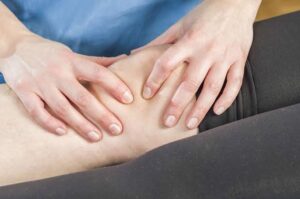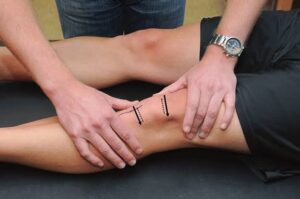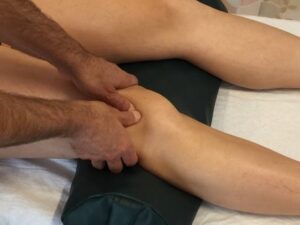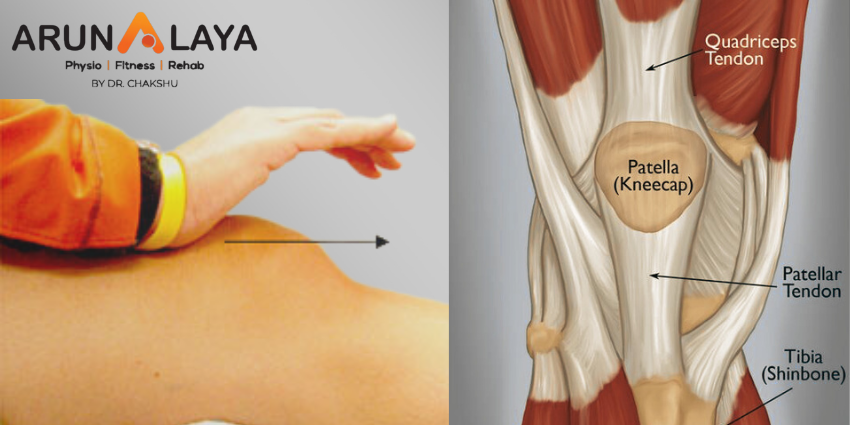Revitalize Your Knees: The Art of Patellar Mobilization
Patellar mobilization is the application of pressure or force on the kneecap in order to restore normal up and down movement in trochlea. The patella, often known as the kneecap, is the biggest sesamoid bone in the body. A sesamoid bone is one that is embedded in a tendon, such as the quadriceps tendon in the patella.

This tendon, along with other muscles in and near the quadriceps, helps hold the patella in place so that it may accomplish its most crucial role, which is to protect the knee joint.
Location
The patella sits between the femur and tibia, protecting the knee joint while also connecting muscles in the femur’s front to the tibia.
- Articular cartilage exists beneath the patella and at the end of the femur, allowing the patella and femur bones to move in tandem.
- This cartilage provides protection as well as increased mobility with every knee movement.
- Patellar mobilisations are a type of hands-on treatment that is used to relieve movement restrictions in the knee joint.
The patella (or kneecap) is a bone positioned at the bottom of your thighbone (femur) in a shallow groove called the trochlea. This crucial anatomical structure connects to both the quadriceps muscles (through the quadriceps tendon) and the tibia bone (via the patellar tendon) and influences the knee’s capacity to bend and straighten. Patellar mobility restriction can change the range of motion and function of the knee joint, necessitating this treatment.
What Is Patellar Mobilization?
When you straighten or extend your knee, the patella is pulled upward in the trochlear groove in a fully functioning joint. When your leg is bent or flexed, your knee cap glides downward in the groove in the same way.

Patellar mobilization is the application of pressure or force on the kneecap in order to restore normal up and down movement in trochlea. If the kneecap is not tracking well in the groove, side-to-side mobilisations may be used. Depending on the goals of the mobilisation and the causes of the restricted mobility, movements applied by the therapist on the kneecap might be rhythmic and gentle or more vigorous and sustained.
Post-Operative Rehab
- ACL or other ligament reconstructions
- Partial or total knee replacements (arthroplasty)
- Meniscal repairs
- Partial meniscectomy
- Microfracture procedures
ROLE OF PATELLAR MOBILIZATION
Patellar mobilisations are frequently used in:
- Regaining any lost range of motion.
- Bending and straightening your knee become simpler by restoring normal patellar mobility in the trochlear groove.
- Everyday function improves.
Exercises
Along with hands-on knee mobilisation, exercises are usually prescribed to maintain your improvement moving forward.


